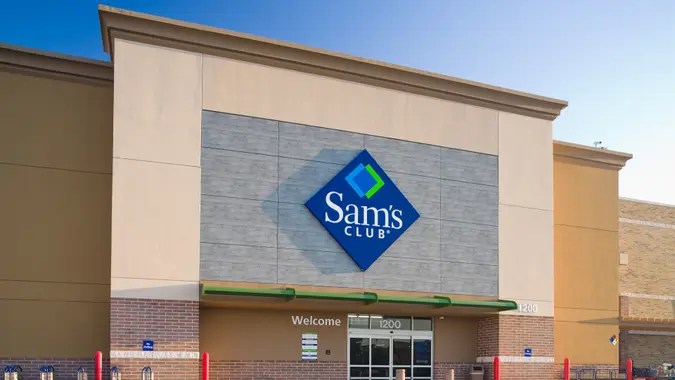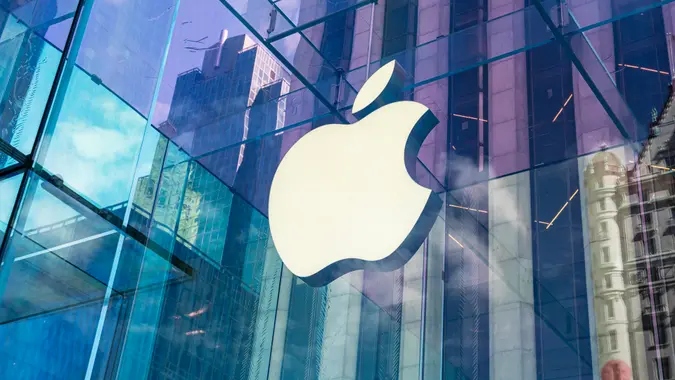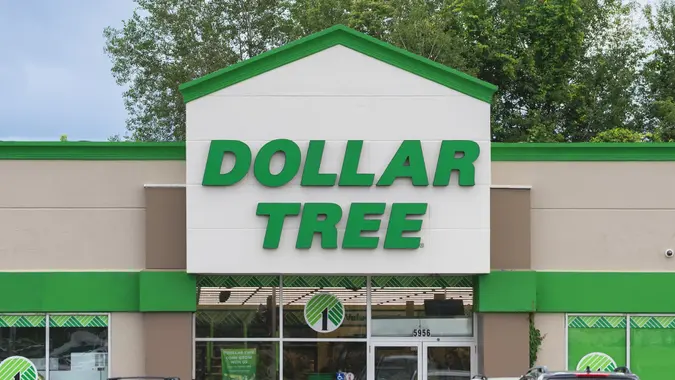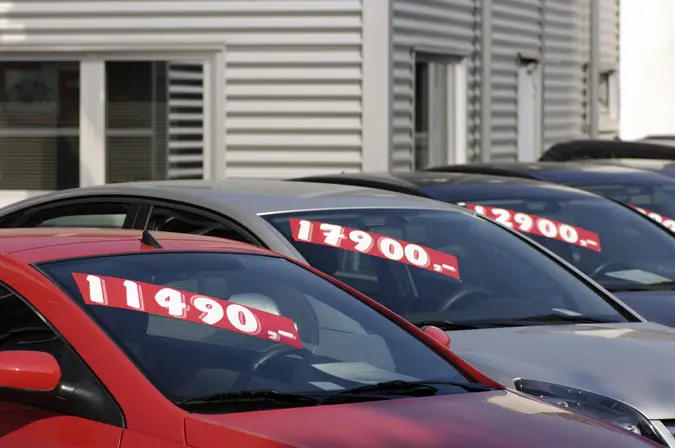SNAP Benefits: Summer EBT Program Will Offer Free Breakfast & Lunch in 31 States

Commitment to Our Readers
GOBankingRates' editorial team is committed to bringing you unbiased reviews and information. We use data-driven methodologies to evaluate financial products and services - our reviews and ratings are not influenced by advertisers. You can read more about our editorial guidelines and our products and services review methodology.

20 Years
Helping You Live Richer

Reviewed
by Experts

Trusted by
Millions of Readers
Children in Medicaid households are now automatically eligible for free and reduced-price school meals and will receive additional grocery benefits over the summer.
The project, which is called Direct Certification, was launched by the Medicaid Demonstration Project and the U.S. Department of Agriculture and recently opened applications for most states to participate. Direct Certification will also give more kids access to the new Summer Electronic Benefits Transfer program (Summer EBT), which will launch in 2024, the USDA’s Food and Nutrition Service explained in a release.
Currently, 38 states participate in the project. The USDA claims these states represent 91% of the nation’s K-12 students. During the 2019-2020 school year, the demonstration projects allowed states to directly certify more than 1.4 million students for free and reduced-price meals based on Medicaid data.
According to Tom Horne, Arizona’s superintendent of public instruction with the Department of Education, the pilot has helped thousands of additional students who now receive breakfast and lunch for free at school each day. Families no longer need to fill out an application.
Households with students automatically eligible for free school meals will receive $40 per summer month per child in grocery benefits if they live in states, territories and Tribal Nations that participate in Summer EBT.
The release noted that children are also automatically eligible for free and reduced-price school meals and Summer EBT benefits if they live in households participating in other income-based federal assistance programs, like SNAP.
Citing government data, the nonprofit organization No Kid Hungry pointed out that 42% of people participating in the SNAP program are children. Research has also shown that kids who receive SNAP are healthier, do better in school and have a better chance of graduating.
New states will have the opportunity to start this project in upcoming school years.
 Written by
Written by 
























